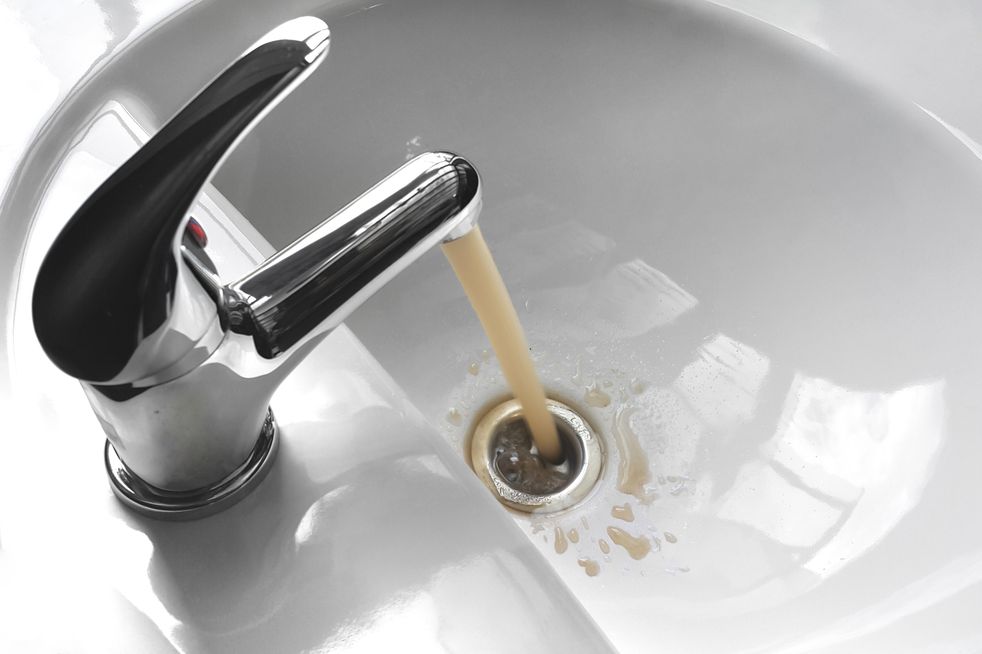Cruising Toward Reliability: A-1 Auto Transport Kansas City Delivers Excellence in Auto Transport Services

In the heart of the Midwest, where the expansive plains meet the vibrant urban landscape, Kansas City stands as a hub of commerce and culture. Amidst the bustling activity, A-1 Auto Transport Kansas City has emerged as a reliable partner in the transportation of vehicles, earning a stellar reputation for its commitment to excellence and customer satisfaction.
A-1 Auto Transport: A Trusted Name in Vehicle Shipping
A-1 Auto transport has been a prominent player in the auto transport industry for years, gaining trust and recognition for its efficient and customer-centric services. https://www.a1autotransport.com/car-transportation-services/ With a comprehensive network and a fleet of modern carriers, the company has positioned itself as a reliable choice for individuals and businesses seeking seamless Vehicle transport solutions.
Efficiency and Reliability
One of the key pillars of A-1 Auto Transport’s success is its unwavering commitment to efficiency and reliability. Whether you’re moving a family car, a luxury vehicle, or even a fleet of cars for a business, A-1 Auto Transport has the expertise and resources to ensure a smooth and secure transportation process.
Modern Fleet and Cutting-Edge Technology
A-1 Auto Transport Kansas City boasts a modern fleet of carriers equipped with cutting-edge technology to ensure the safety and security of every vehicle in transit. The use of GPS tracking systems allows customers to monitor the progress of their shipment in real-time, providing peace of mind and transparency throughout the transportation process.
Customized Solutions for Every Need
Understanding that every customer and every vehicle is unique, A-1 Auto Transport Kansas City offers customized solutions to meet individual needs. Whether you require open-air transport for standard vehicles or enclosed transport for high-end cars, the company provides tailored services to accommodate various preferences and budgets.
Customer-Centric Approach
What sets A-1 Auto Transport apart is its customer-centric approach. The company prioritizes customer satisfaction, striving to exceed expectations at every step of the process. From the initial inquiry to the final delivery, A-1 Auto Transport Kansas City prioritizes clear communication, timely updates, and responsive customer support.
A-1 Auto Transport Kansas City
7140 Wornall Rd #15, Kansas City, MO 64114
18162822776
Competitive Pricing
While A-1 Auto Transport Kansas City provides top-notch services, it also understands the importance of competitive pricing. The company offers transparent and fair pricing, ensuring that customers receive value for their investment. A-1 Auto Transport remains committed to eliminating hidden fees and providing a straightforward pricing structure.
Compliance and Safety
A-1 Auto Transport Kansas City adheres to industry regulations and safety standards, ensuring that every aspect of the vehicle transport process is compliant and secure. The company’s drivers are experienced and licensed, and the carriers are regularly inspected to guarantee optimal safety during transportation.
Customer Testimonials
The success of A-1 Auto Transport Kansas City is reflected in the positive feedback and testimonials from satisfied customers. Clients commend the company for its professionalism, reliability, and the peace of mind they experienced throughout the entire shipping process. These testimonials serve as a testament to A-1 Auto Transport’s commitment to delivering exceptional service.
Conclusion
In the competitive landscape of vehicle transport, A-1 Auto Transport Kansas City stands out as a beacon of reliability, efficiency, and customer satisfaction. Whether you are relocating, buying or selling a vehicle, or managing a business fleet, A-1 Auto Transport offers the expertise and dedication needed for a seamless and stress-free transportation experience. When it comes to entrusting your vehicle to a transport service, A-1 Auto Transport Kansas City proves time and again that it is the name you can trust.

